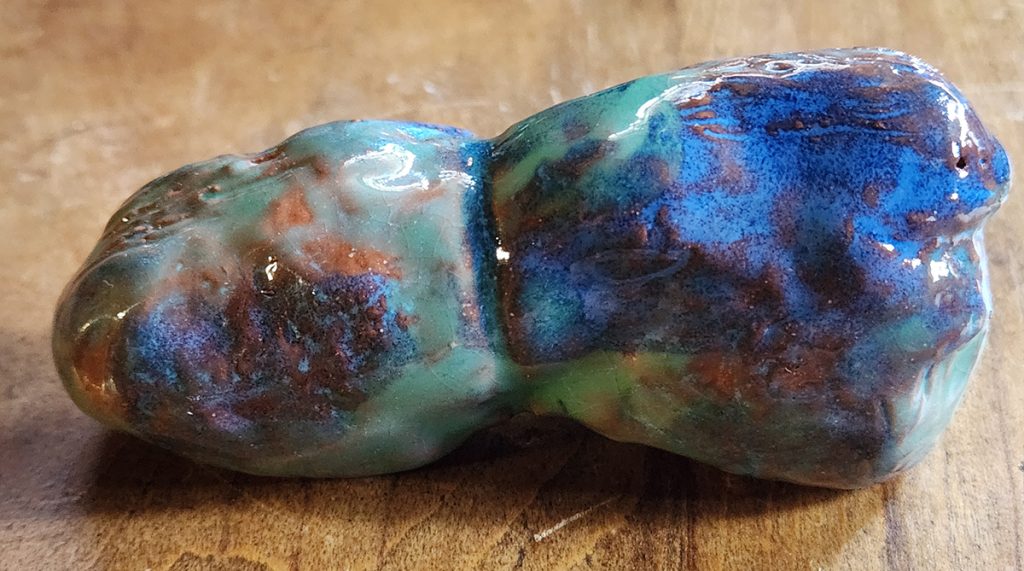William Schaaf’s artistic journey is one of self-discovery, healing, and connection to the natural world. At 80 years old, he looks back on six decades of painting and sculpting with the horse as his central subject. His art is not simply about representing the equine form but about reaching into a deeper spiritual current that runs through him. Horses, in his work, become vessels of memory, carriers of tradition, and companions in his own search for meaning. Schaaf has long been inspired by the Zuni and Navajo fetish and doll makers, artists who use their craft to honor life and spirit. Their influence threads through his own practice, giving shape to an art that is at once personal and ceremonial. For Schaaf, every brushstroke, every clay form, is both an offering and a way to heal—an ongoing dialogue between himself, his subjects, and the traditions he honors.
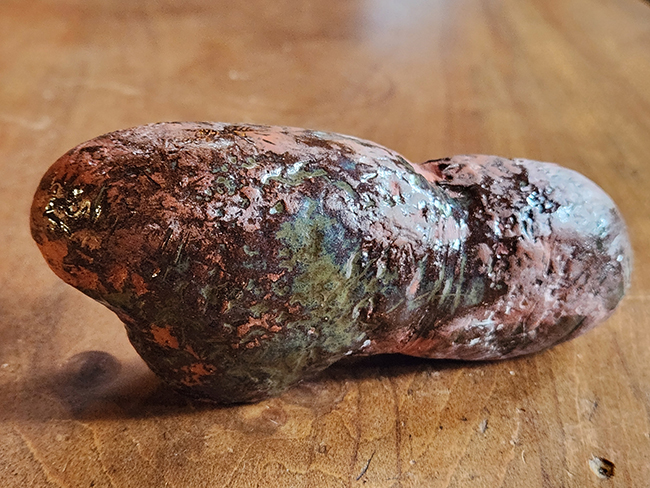
The Work: Medicine Horses and Healing Clay
Schaaf speaks of his art as born from respect. His equine sculptures, which he sometimes calls “medicine horses,” are created to honor the Zuni and Navajo traditions that have guided his hand for much of his life. But he does not copy or attempt to replicate those traditions. Instead, he interprets them through his own lens. He notes that his works are not tied to the practice of attaching arrowheads, which often appears in certain Native fetish carvings. Rather, he invites those who own his pieces to tie a sprig of healing herb to the form. In that act, the work becomes not just an object but a living bundle, shaped by intention and energy. The owner participates in the process, carrying forward the spirit of healing and union that Schaaf himself seeks in his studio.
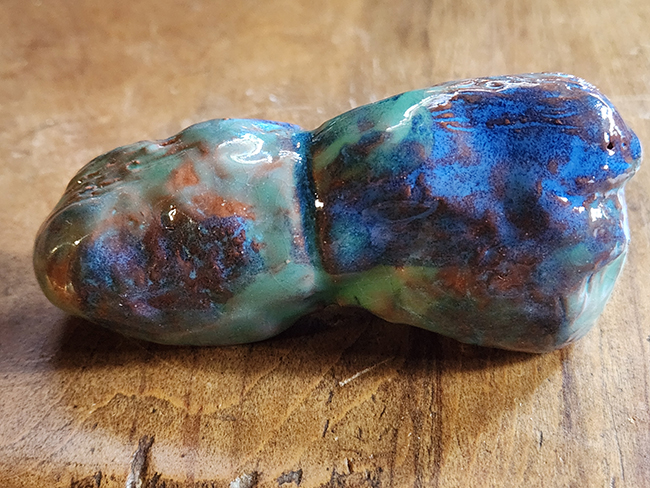
These sculptures often begin as what he calls “clay sketches.” They are smaller works, quick studies that allow him to work out ideas before larger pieces take form. Yet even in their simplicity, they carry weight. Schaaf treats them as living beings, infused with prayer and intention. He makes them as preparation, but also as medicine—for himself and for others. The act of shaping clay becomes a ritual in its own right, a process of grounding and re-centering.
Schaaf refers to some of these smaller pieces as “lil’ bunnies,” a phrase that suggests both playfulness and affection. Despite their modest scale, he sees them as breeders of inspiration, the seeds from which larger, more complex works grow. These pieces hold within them a kind of generative energy. They serve not only as stepping stones for the artist but as carriers of healing power. In them, the intimacy of touch and the immediacy of gesture are preserved.
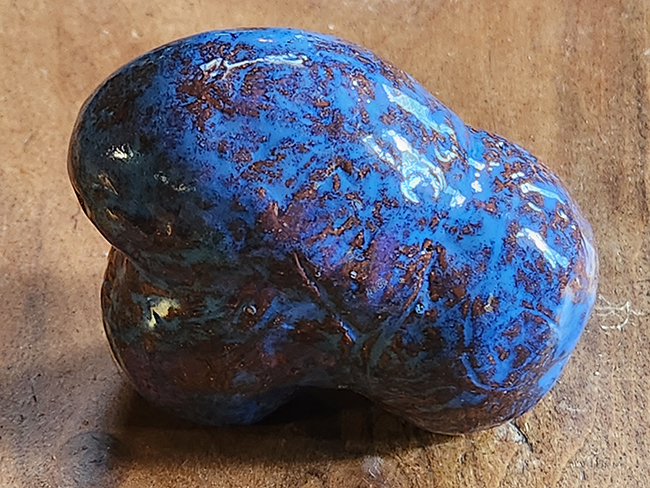
For Schaaf, the medicine horse is never just clay. It is prayed into, lived into, breathed into. It is a way of taking his own growth and pain and shaping it into something that can speak beyond him. The pieces become vessels for his personal healing journey—his way of processing the experiences of a long life, with its hardships and moments of grace. In creating them, he finds release. And in offering them to others, he shares that release.
What emerges from Schaaf’s hands is both artwork and offering. The horse, long central in human history as partner and guide, becomes in his work a bridge between inner and outer worlds. By tying herbs, by participating in the ritual, the owner joins Schaaf in completing the work. It is no longer only his. It is shared, extended, activated.
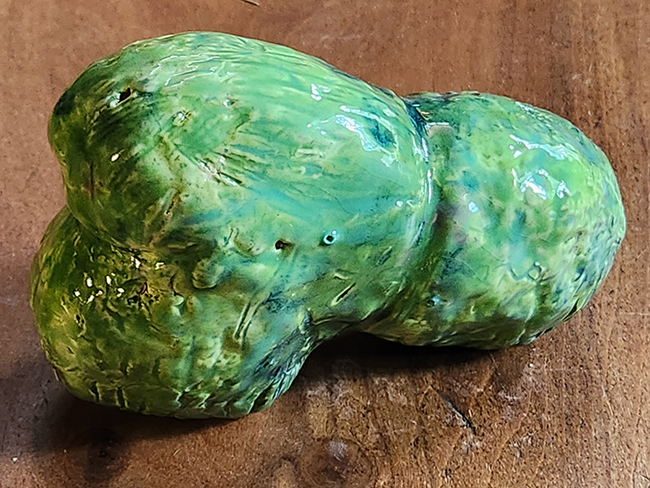
At the core, Schaaf’s sculptures remind us that art can be more than decoration. It can carry intention, it can hold memory, it can invite healing. In Schaaf’s hands, the horse becomes a conduit for union—between past and present, tradition and individuality, body and spirit. The small “bunnies,” the larger medicine horses, the clay sketches—all point toward the same idea: that art, when treated as prayer, becomes a living thing.
After 60 years, Schaaf continues to create, to search, to heal. His horses stand as companions on that journey—symbols of endurance, spirit, and the quiet work of mending.

